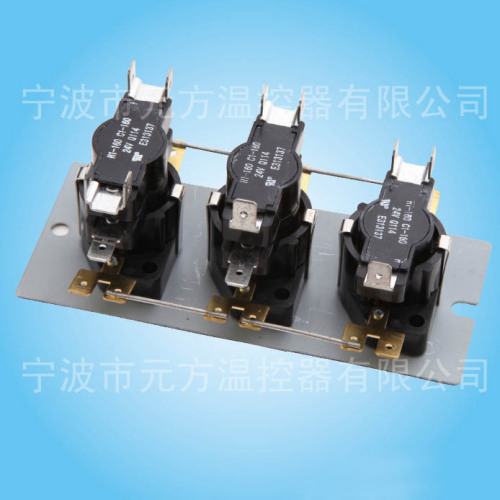traded my NO problem mopar for this 72 duster /6 car. took to get inspection, passed, had headlites dim and brights. dimmer switch stuck, soaked with penetrant, but spring is weak.
head to work in dark, got dims, mash dimmer, for bights... no nothin!! put back on dims, got lights .... to work (32 mi) through the sticks.
replace dimmer switch with new one, next mornin, got dims, mash dimmer, no brights, put back on dim, head out, then... NO lights except parkin lights!
just took out headlight switch, looks like new! guess the other guy had problems but forgot to mention it durin trade!?? in MO we call that a horse trade S------!
can anyone tell me which terminal in headlight switch will go to headlights??? or what else to check for?? is there a fusible link for headlights?? any help greatly appreciated.
head to work in dark, got dims, mash dimmer, for bights... no nothin!! put back on dims, got lights .... to work (32 mi) through the sticks.
replace dimmer switch with new one, next mornin, got dims, mash dimmer, no brights, put back on dim, head out, then... NO lights except parkin lights!
just took out headlight switch, looks like new! guess the other guy had problems but forgot to mention it durin trade!?? in MO we call that a horse trade S------!
can anyone tell me which terminal in headlight switch will go to headlights??? or what else to check for?? is there a fusible link for headlights?? any help greatly appreciated.

















